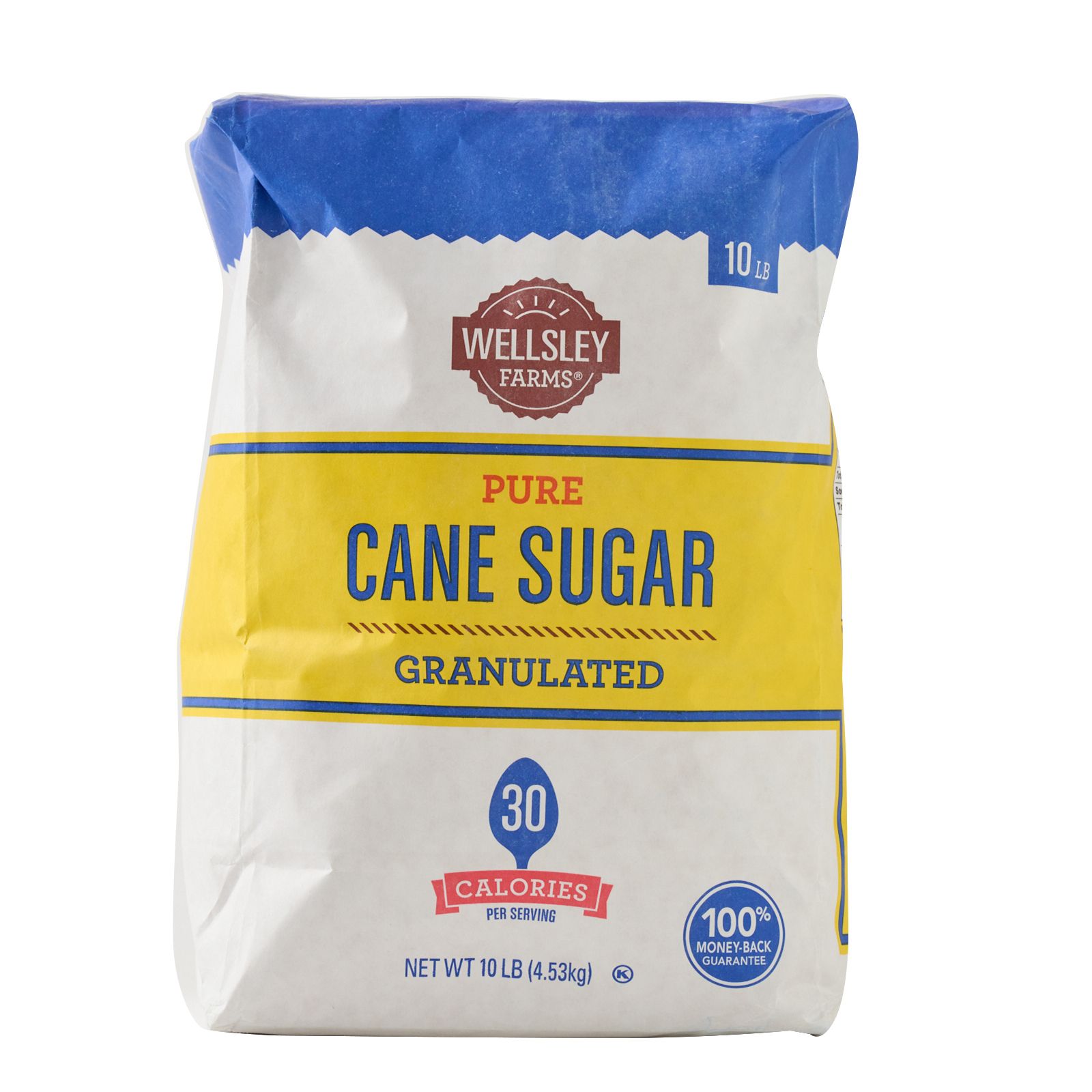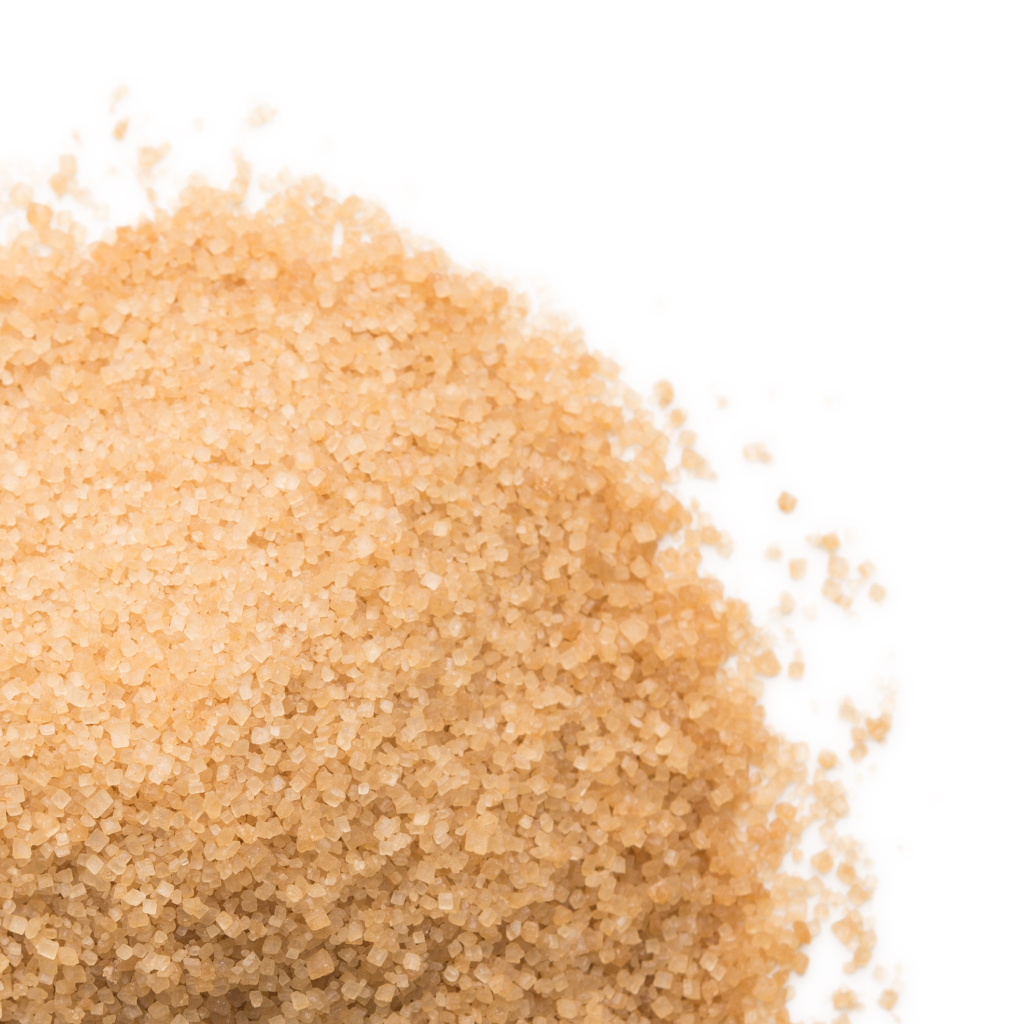Exploring the Comprehensive Steps Involved in Walking Cane Sugar Processing From Harvesting to Refinement
The procedure of cane sugar manufacturing includes a collection of intricate steps, starting with the mindful harvesting of sugarcane and culminating in the improvement phases that make sure the last item meets market standards. Each phase, from the removal of juice to the purification and formation processes, plays a critical function in figuring out the top quality and personality of the sugar.
Collecting Sugarcane
Collecting sugarcane is a vital action in the walking stick sugar handling chain, as it straight affects the high quality and return of the end product. Appropriate timing and strategies are important during this phase to guarantee optimal sugar material and reduce losses. Normally, sugarcane is collected when it reaches maturity, typically 12 to 18 months after planting, identified by a high sucrose concentration.

Post-harvest, the sugarcane has to be refined promptly to avoid sucrose destruction. Preferably, harvested walking stick ought to be transferred to processing centers within 24 hours to maintain sugar high quality. Consequently, effective logistical planning is essential to keep the integrity of the collected crop throughout the supply chain.
Extraction Refine

The smashed cane goes through a series of pressing procedures to take full advantage of juice healing. Normally, warm water is sprayed onto the crushed walking cane, developing a countercurrent circulation that assists dissolve the sugar while additionally assisting in the extraction procedure. The juice accumulated from this procedure includes not only sugar yet additionally various natural compounds and pollutants.

To improve removal performance, some centers may use diffusion approaches, where the sugarcane is soaked in warm water, allowing the soluble sugars to diffuse into the liquid. The resulting juice, abundant in sucrose, is then routed to succeeding processing stages, laying the structure for purification and refinement. The extraction procedure is thus crucial in establishing the high quality and yield of the final sugar item.
Filtration Techniques
The purification strategies used in walking cane sugar processing are important for changing the raw juice right into a top notch sugar product. These techniques primarily aim to remove contaminations, such as dirt, plant products, and not natural materials, which can detrimentally affect the end product's flavor and shade.
This procedure entails including lime and heat to the raw juice, which facilitates the coagulation of contaminations. Furthermore, the use of phosphoric acid can boost the clarification procedure by additional binding impurities.
An additional considerable technique is carbonatation, where co2 is presented to the cleared up juice. This response creates calcium carbonate, which captures continuing to be impurities and advertises their elimination.
Additionally, triggered carbon treatment might be related to adsorb any remaining colorants and natural pollutants, guaranteeing an extra refined product. The combination of these techniques effectively prepares the sugar juice for succeeding steps in the refining process, setting the phase for the production of top quality walking cane sugar.
Crystallization Techniques
After the filtration phase, the following vital action in cane sugar handling entails crystallization techniques, which play a pivotal function in changing the clarified juice into strong sugar. This procedure usually uses two primary techniques: spontaneous formation and controlled crystallization.
In spontaneous formation, supersaturated sugar solutions are enabled to cool down normally, bring about the formation of sugar crystals in time. This technique is simpler however might result in uneven crystal sizes and reduced pureness degrees. On the various other hand, controlled condensation is a much more precise technique where temperature, concentration, and seeding representatives are diligently taken care of. This approach permits the uniform development of sugar crystals and greater purity.
Throughout formation, the cleared up juice is focused with evaporation, enhancing its sugar content find more until it gets to supersaturation. When this factor is accomplished, either method can help with the crystallization procedure. Cane Sugar Processing. The resultant sugar crystals are after that divided from the staying syrup with centrifugation
Ultimately, the choice of formation approach affects the quality, size, and pureness of the you can try this out last sugar item, making this action vital in the total walking stick sugar handling treatment.
Refinement and Packaging
How can the purity and quality of walking cane sugar be better boosted after formation? The refinement procedure plays a critical function in accomplishing high-quality walking cane sugar. Complying with crystallization, sugar undertakes a detailed washing to eliminate impurities and recurring molasses. This is usually accomplished making use of warm water or vapor, which aids dissolve and extract undesirable elements while protecting the sugar crystals.
Next, the sugar undergoes a process called centrifugation, where it is spun at broadband to separate the cleansed sugar crystals from the continuing to be liquid. After centrifugation, the sugar is commonly further refined with an approach called carbonization or phosphatation, which utilizes triggered carbon or phosphoric acid to remove shade and off-flavors.
Once refined, the sugar is dried out to attain the desired moisture material, making certain that it remains secure during storage and transport. The last action entails packaging the polished sugar in moisture-proof and airtight containers to preserve its high quality and stop contamination. Cane Sugar Processing. Proper packaging not just expands life span yet also assists in very easy handling and distribution, guaranteeing that consumers get sugar that satisfies the greatest requirements of purity and top quality
Verdict
The comprehensive steps associated with walking cane sugar processing, from the careful harvesting of sugarcane to the detailed improvement and product packaging phases, highlight the value of each stage in making certain top quality sugar production. Optimal harvesting techniques, reliable removal methods, and extensive purification procedures collectively contribute to the final product's pureness and security. The condensation and subsequent product packaging techniques better improve the stability and life span of the sugar, highlighting the complexity and precision fundamental in this vital farming sector.
The process of walking stick sugar manufacturing encompasses a collection of intricate actions, beginning with the mindful harvesting of sugarcane and finishing in the improvement stages that ensure the final item satisfies industry criteria. Preferably, gathered cane should be transferred to refining facilities within 24 hours to check that preserve sugar high quality.In spontaneous condensation, supersaturated sugar services are permitted to cool normally, leading to the development of sugar crystals over time - Cane Sugar Processing. The refinement procedure plays an important role in attaining high-grade walking stick sugar.The comprehensive steps entailed in walking stick sugar processing, from the thorough harvesting of sugarcane to the elaborate improvement and packaging phases, underscore the value of each phase in making certain premium sugar manufacturing